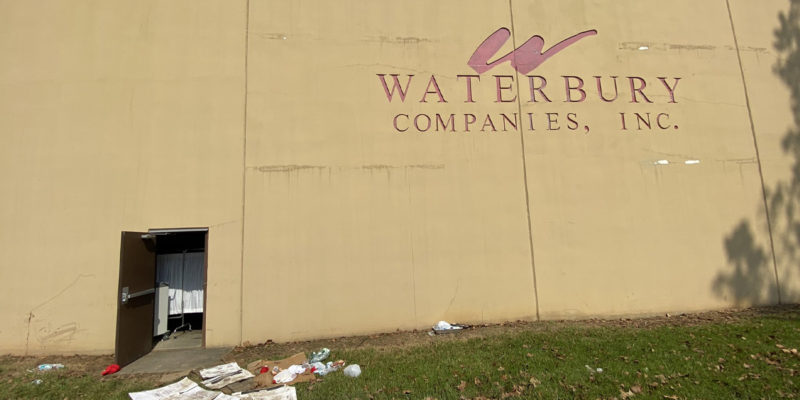The frustration Louisiana legislators have with the Department of Health must turn into regulation and legislation that protects better vulnerable patients in nursing homes.
Last week, a joint committee that oversees Medicaid service provision met to review the tragedy surrounding several nursing homes that evacuated clients to decrepit facilities with the coping of Hurricane Ida. Over a dozen have died since, although at this point only the perishing of five has been attributed directly to occurrences at the evacuation site.
That site essentially was a warehouse ill-equipped to handle over 800 patients, with a number of them designated under the Louisiana Administrative Code Tit. 48 Sec. 9767 as code “red” or high-risk, intensive need patients. Republican Atty. Gen. Jeff Landry has opened an investigation as to whether criminal charges should come over the incident, while Democrat Gov. John Bel Edwards, whose office ultimately oversees the department, also said scrutinization was in the offing.
Wanting to get to the bottom of how hundreds could suffer with inadequate sustenance and care, lawmakers tried to pry answers out of LDH officials. By law, nursing home operators must submit annually an evacuation plan which requires review by a departmental committee for adequacy. Regulation further sets out standards that such a plan must meet.
However, officials proved extremely reticent in the answers they gave, understandably so as they face lawsuits over the incident, which exasperated legislators. While LDH claims the operator violated parameters of its plan, plaintiffs argue LDH insufficiently vetted the plan and thus allowed an inadequate one to go forward. Department staffers did visit the site within the five days an unlicensed site may operate but said they met with resistance by the operator himself and his staff.
Advertisement
Regardless, a reading of the law and regulations pertaining to this issue makes clear that as currently constituted these don’t go far enough to ensure resident safety in times of evacuation. The regulation setting out criteria for judgment covers matters such as supplies on hand, site organization, utility status, and building integrity, but does not get into specifics that judge whether a shelter can handle the basic and medical needs of various nursing home clients, apparently leaving that to the judgment of the Nursing Home Emergency Preparedness Review Committee.
Yet it should have been clear to the review committee that approved the arrangement that an otherwise-empty warehouse in no way was designed to handle, in terms of sanitation issues and deployment of medical interventions, anything but an extremely short-term habitation for healthy people, much less those with medical needs and some very complex. While perhaps this would become a lesson learned for future planning, putting it in writing creates greater assurance that such a mistake won’t be made twice.
Therefore, at the very least LDH must issue expanded regulations detailing how an evacuation facility can be demonstrated to meet client needs in the plan, if not as well legislators putting in law a requirement to do that. Perhaps LDH followed the law and regulations this time, but, if so, it seems clear its judgment fell short, and policy addressing that will minimize the chances of repeating such an unfortunate event as this.
Advertisement
Advertisement

